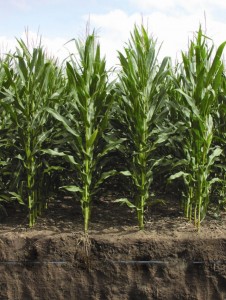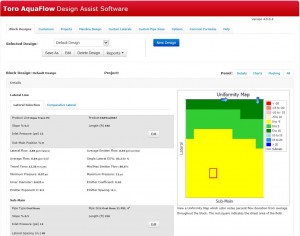K-State to Celebrate 25 Years of Subsurface Drip Irrigation Research with Field Day
Through drought and wind, hail and rain, for 25 years Kansas State University researchers have studied subsurface drip irrigation (SDI) technology for field crop production. To mark the anniversary, K-State’s Northwest Research-Extension Center at Colby will host a special anniversary SDI Technology Field Day on Wednesday, August 6 at 105 Experiment Farm Road in Colby.
“This is where growers can come to have their questions answered,” said Freddie Lamm, research irrigation engineer with K-State Research and Extension. “We’ve built in plenty of opportunities for this to be an interactive day.”
K-State to Celebrate 25 Years of Subsurface Drip Irrigation Research with Field Day Read More »

 The use of flood and center pivot irrigation of crops via the waters of the Ogallala Aquifer is as hot a discussion topic as the current drought.
The use of flood and center pivot irrigation of crops via the waters of the Ogallala Aquifer is as hot a discussion topic as the current drought. At Toro, we recently added
At Toro, we recently added  We are excited to announce the latest upgrade to our popular AquaFlow
We are excited to announce the latest upgrade to our popular AquaFlow  Water is a precious commodity. Just ask California growers trying to navigate through a drought that is said to be one of the worst since the 1500s.
Water is a precious commodity. Just ask California growers trying to navigate through a drought that is said to be one of the worst since the 1500s. Another season has passed, and Bob McKellip is happy to report that his second year of utilizing
Another season has passed, and Bob McKellip is happy to report that his second year of utilizing